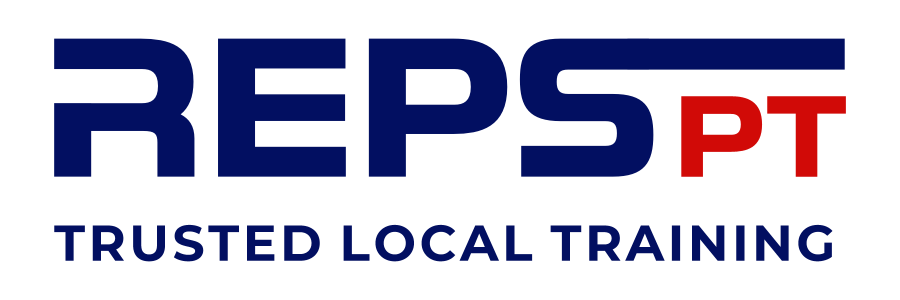The Cable Standing Incline Fly is an effective exercise that targets the upper portion of the chest (pectoralis major) and helps improve muscle strength, definition, and overall chest development. By using a cable machine and setting the pulleys at an inclined angle, this variation of the chest fly focuses on the upper part of the pectoral muscles, offering a great alternative or complement to traditional flat bench presses or dumbbell flyes.
Benefits of the Cable Standing Incline Fly:
-
Targeted Upper Chest Development: The primary benefit of the cable standing incline fly is its focus on the upper chest. The incline angle shifts the emphasis towards the upper fibres of the pectoralis major, which are sometimes harder to activate with flat chest exercises. Developing the upper chest is essential for creating a well-rounded, defined chest.
-
Constant Tension: The cable machine provides continuous tension throughout the entire range of motion, unlike dumbbells, which may lose tension at certain points in the movement. This consistent resistance keeps the chest muscles engaged for longer periods, which can help stimulate muscle growth and enhance muscle endurance.
-
Improved Chest Activation: The standing incline fly encourages more chest activation due to the angle of the movement. By pulling the cables in an arc across your body, the exercise helps to isolate the chest muscles, particularly the upper pectorals, resulting in a more focused contraction and stretch.
-
Better Range of Motion: The cables allow for a greater range of motion than some traditional exercises. The ability to stretch the chest muscles more fully at the start of the movement and contract them at the top increases muscle recruitment and improves flexibility and muscle growth.
-
Shoulder and Core Engagement: While the primary focus is on the chest, the standing position and movement pattern engage stabilising muscles in the shoulders and core. This helps improve overall upper body stability and balance, while also enhancing posture.
-
Reduced Stress on Joints: The cable machine provides a smooth, controlled movement, reducing the risk of strain on the shoulder joints compared to free-weight exercises. The cable's adjustable angle can also be customised to your body's range of motion, minimising discomfort or joint strain.
Form of the Cable Standing Incline Fly:
-
Set Up:
-
Set the cables on a cable machine to a low or mid position, with the pulleys at or just below chest height. Attach a single handle to each pulley.
-
Stand upright with your back to the cable machine and a slight bend in your knees for stability. Grab the handles with both hands, and step forward slightly to create tension in the cables.
-
Your arms should be extended in front of you with a slight bend in the elbows. Position your feet shoulder-width apart for balance, and keep your chest open with your shoulders back.
-
-
Starting Position:
-
Begin with your hands in front of you, holding the handles, and keep your elbows slightly bent. Ensure that your arms are aligned with the cable path and that there is tension on the cables.
-
-
Execution:
-
Slowly pull the handles out to the sides, moving your arms in a wide arc, while keeping the elbows slightly bent. Focus on squeezing the chest as your arms come closer together.
-
Keep the movement controlled, and avoid any jerking motions or using excessive momentum.
-
The goal is to feel the contraction in the upper chest as your hands come together in front of you, at about chest level. Pause briefly at the peak of the movement.
-
-
Return to Start:
-
Slowly reverse the movement, bringing your arms back to the starting position in a controlled manner. Avoid letting the cables pull your arms too quickly back, as maintaining tension on the chest muscles is key for maximum effectiveness.
-
-
Breathing:
-
Exhale as you pull the handles together and inhale as you return to the starting position.
-
Tips for Proper Form:
-
Control the Movement: The key to performing a successful cable standing incline fly is controlling the movement at all times. Avoid rushing through the exercise or using momentum, as this can reduce the effectiveness of the exercise.
-
Elbow Position: Keep a slight bend in your elbows throughout the exercise to protect the joints and maintain constant tension on the chest. Do not lock your elbows, as this can shift the focus away from the chest and potentially lead to joint strain.
-
Engage Your Core: Keep your core engaged throughout the movement to maintain good posture and prevent unnecessary strain on your lower back. This will also help stabilise your body during the exercise.
-
Adjust the Angle: You can vary the angle of the pulleys slightly to target different areas of the upper chest, such as adjusting the height of the cables for more or less emphasis on the upper pectorals.
The Cable Standing Incline Fly is a highly effective exercise for targeting the upper chest, improving overall chest development, and promoting muscle definition. By using cables, this exercise provides constant tension throughout the movement, helping to activate and engage the chest muscles more effectively than some other chest exercises. Incorporating this exercise into your workout routine can help you achieve a well-rounded and stronger chest while also improving shoulder stability and posture.

